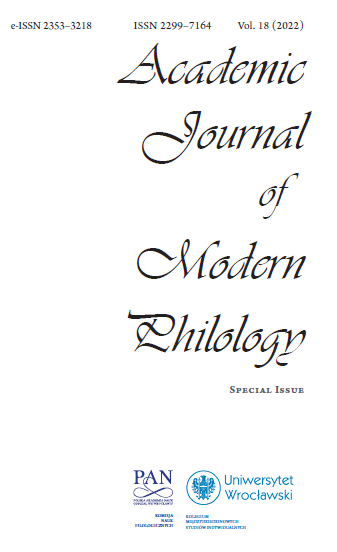Intercultural Communicative Competence: Obstacles Faced by NESTs, NNESTs and Learners
Intercultural Communicative Competence: Obstacles Faced by NESTs, NNESTs and Learners
Author(s): Stephen BraniganSubject(s): Foreign languages learning, Language acquisition, Pedagogy
Published by: Komisja Nauk Filologicznych Oddziału Polskiej Akademii Nauk we Wrocławiu
Keywords: Intercultural Communicative Competence; NEST; NNEST; ELT; ethnocentricism;
Summary/Abstract: This paper looks at three possible actors in the ELT classroom: learners, non-native English speaking teachers (NNEST) and native English speaking teachers (NEST). Each particular group has a need to acquire the skill of intercultural competence. For the learners, it is a necessary element alongside their knowledge of the language to be effective in real-life intercultural communications. For the teachers, it is to be sensitive to their learners from other cultures, to have a neutral bias to whichever of the L1 or L2 cultures is not their own, and also to enable incorporation of intercultural content effectively into the English lesson. The paper examines the obstacles to achieving Intercultural Communicative Competence (ICC) encountered by each group. Some are unique to that group, such as the comparative disparity of the influence of the globally dominant culture of the NEST, and some are common among two or all three, for example, culture shock whilst abroad. By understanding these obstacles, it is possible to make suggestions on how to overcome them in each particular group. Some examples of recommendations are for ICC building skills to be included in teacher training courses as well as foreign exchange trips for both learners and teacher trainees. Finally, some observations are made as to how L1 and intercultural aspects can be included in the lessons themselves.
Journal: Academic Journal of Modern Philology
- Issue Year: 2022
- Issue No: 18
- Page Range: 23-36
- Page Count: 14
- Language: English

